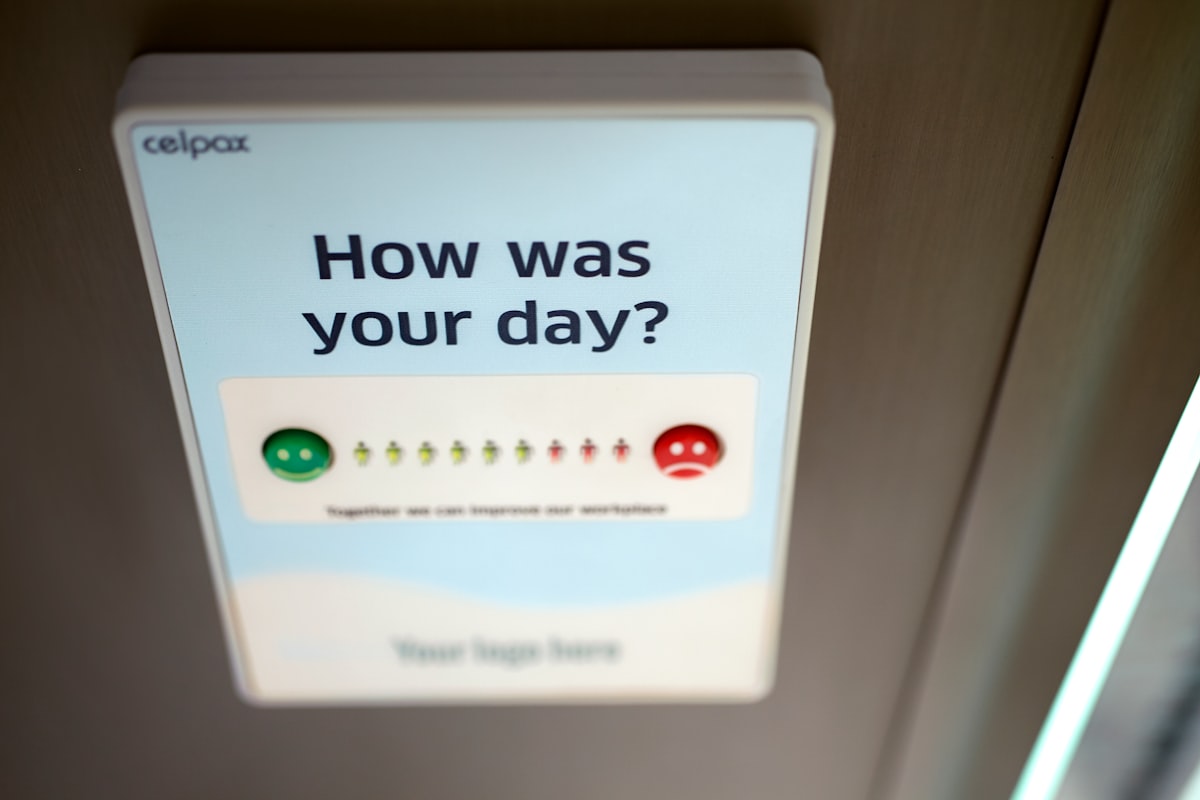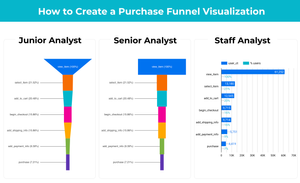Brand measurement is a sore subject to me, and most brand marketers I think; because it’s nearly impossible to find a metric to the precision we want to measure it. Not being able to quantify can make it hard to prove the value of your work, especially to non-believers in the power of brand.
We usually resort to share of voice of PR, social mentions, or even brand recall survey. But we all know the true measurement of a brand is reflected through customers’ actions, not eyeballs or words. The metrics we use to effectively measure brand, brand awareness and brand equity, should also reflect actions.
Brand Awareness: Organic Searches
When people learn a new brand, through word-of-mouth or Instagram ads, they go search for it, and that is brand awareness. Organic search is a simple yet effective proxy of how many people recognize your brand. You should see it increase over time as your brand grow.
You can set up Google search console to see organic searches of your brand name over time. But a free tool anyone can use to measure search interest is Google search trend. The beauty of it is that it helps you scale interest from 0–100, meaning you can easily show anyone the impact of your campaigns on brand awareness over a selected period of time.

Brand Equity: Price Elasticity of Demand
Brand equity is what makes a customer’s choice of your brand instinctive, a “no-brainer”, the decision is made outside the realm of conscious awareness. A good proxy of brand equity reflected in customer actions is the price elasticity of demand, measuring the sensitivity of demand to price.
A brand with positive brand equity has inelastic demand, a change in price will cause a smaller percentage change in demand, meaning customers are less likely to immediately switch to competitors when the price increase s compared to customers of a brand with worse brand equity.
Apple is a classic example of a brand with strong brand equity and inelastic demand to price. Even when Apple charges more and more for its products, customers are still unfazed.


Closely monitoring your sales and price not only helps you to predict the impact of price changes on sales but could also be an effective measurement of your brand equity.
*This post is based on learnings from Morning Brew.




